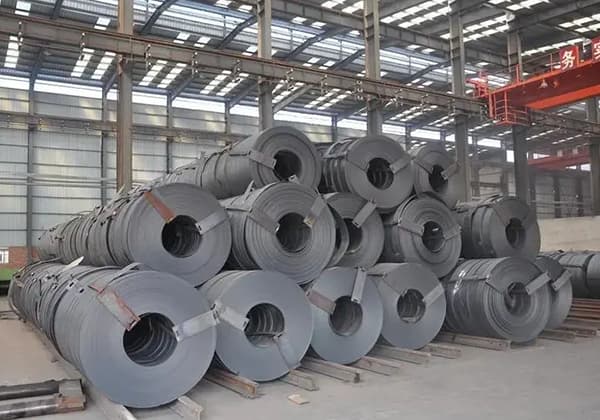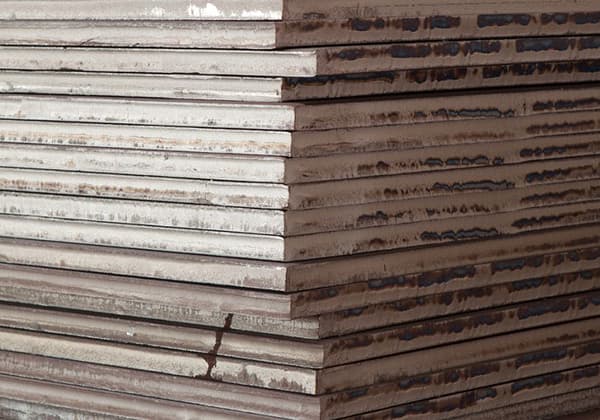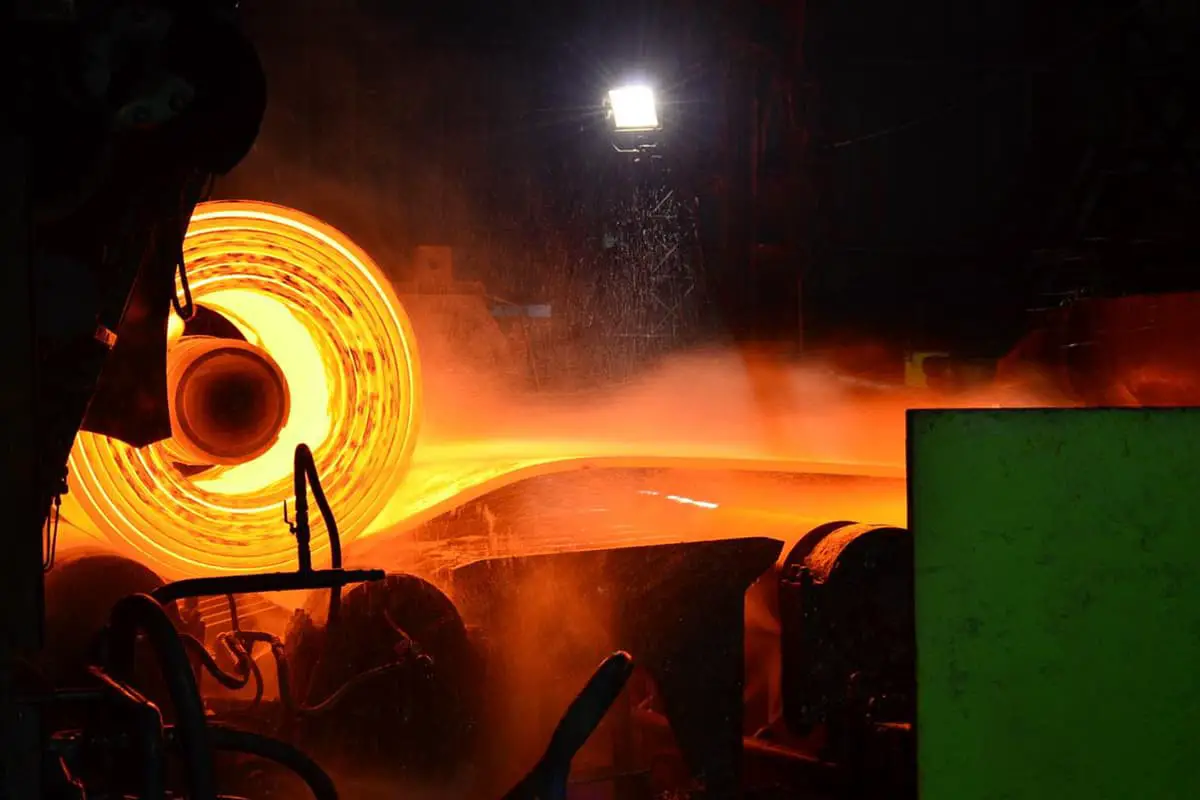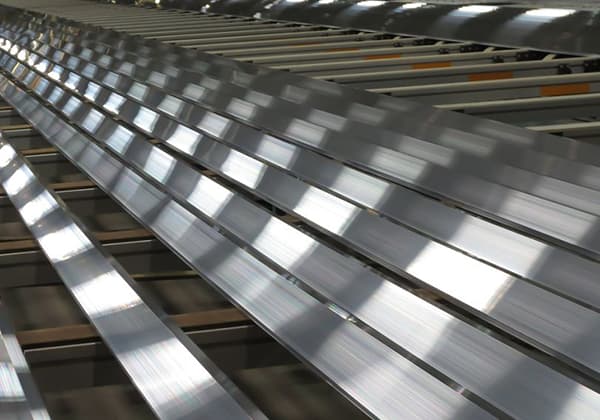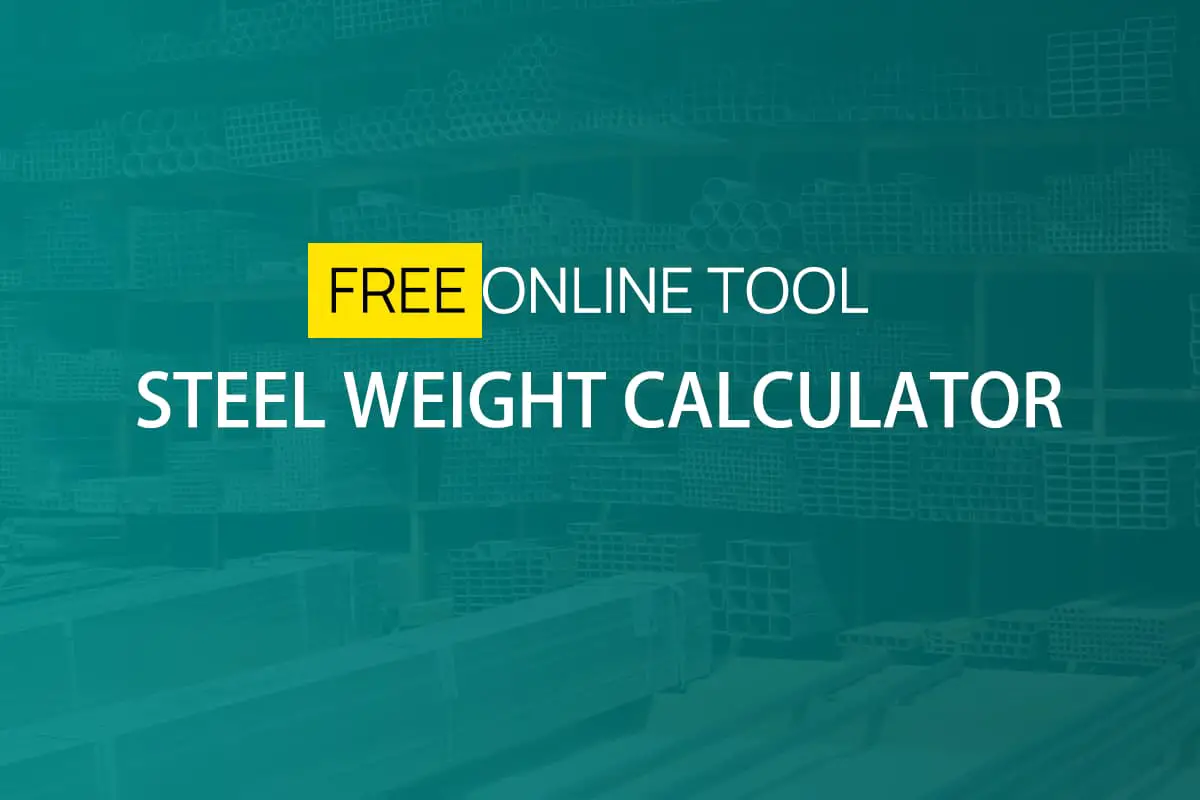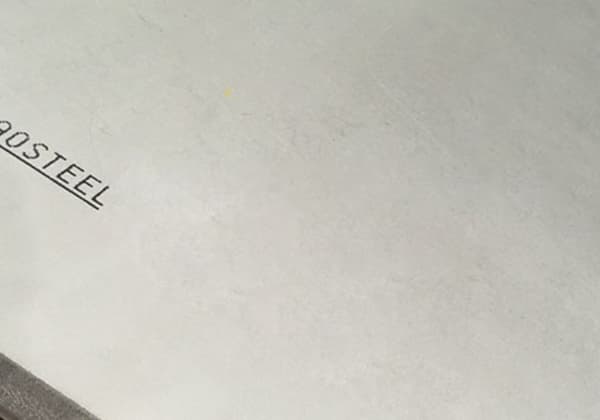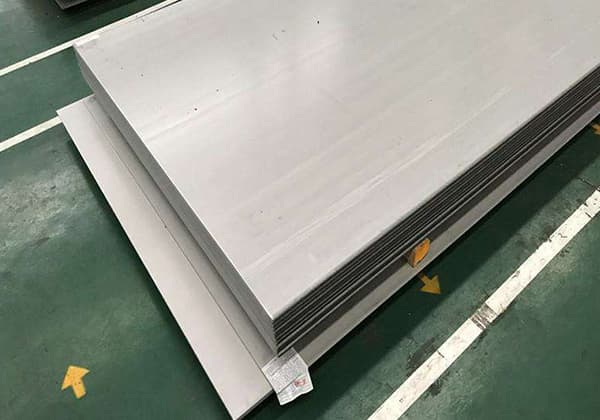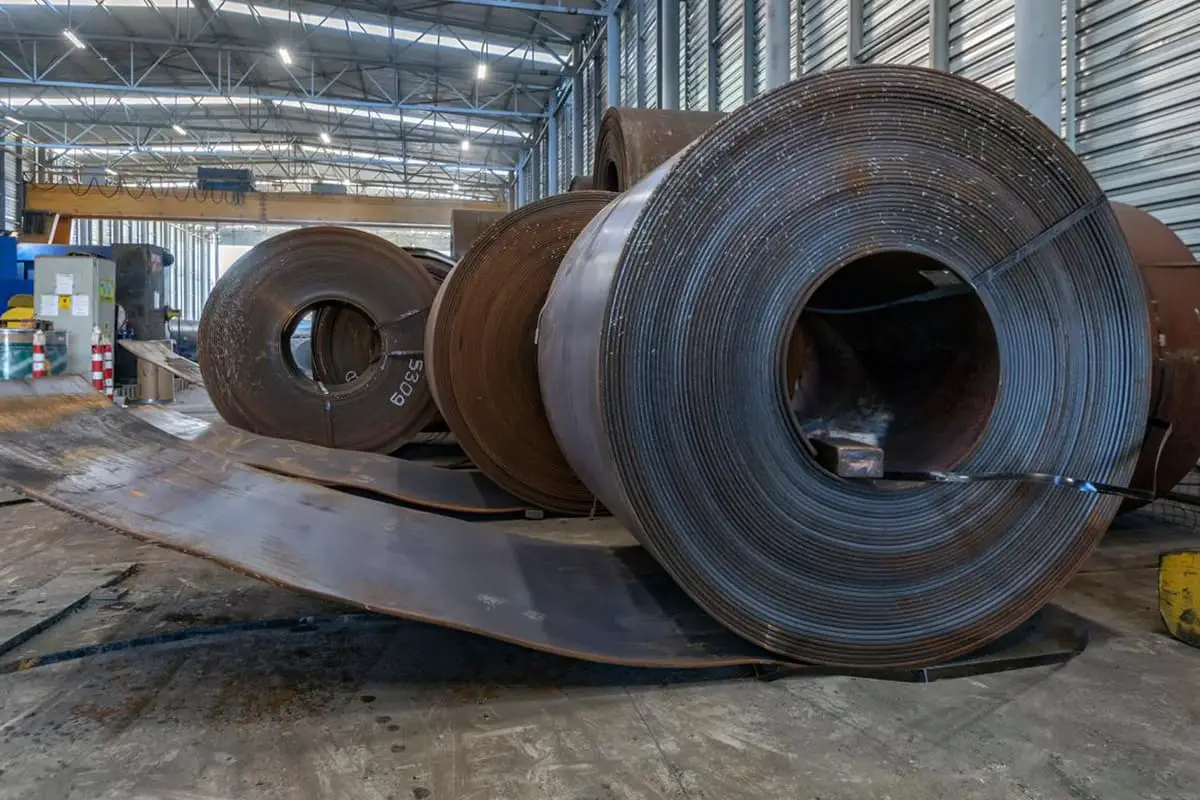
Have you ever wondered why hot-rolled steel looks different from cold-rolled steel? This blog post dives into the fascinating differences between these two essential materials. You’ll discover how temperature impacts their production, structure, and applications. By the end, you’ll understand when to choose hot-rolled steel for its cost-efficiency and structural integrity, or cold-rolled steel for its precise dimensions and superior finish.
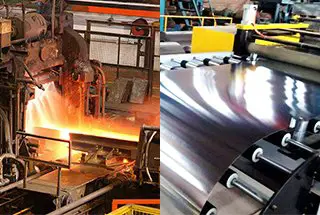
Hot rolling and cold rolling are critical processes in steel manufacturing, each imparting distinct characteristics to the final product. These methods significantly influence the microstructure, mechanical properties, and surface finish of steel components.
Hot Rolling:
This process involves deforming steel at temperatures above its recrystallization temperature (typically >900°C). It’s the primary method for producing a wide range of steel products due to its efficiency and ability to handle large volumes. Hot rolling reduces internal stresses, improves ductility, and creates a more uniform grain structure.
Cold Rolling:
Performed below the steel’s recrystallization temperature, cold rolling is used for producing steel with tighter tolerances, superior surface finish, and enhanced mechanical properties. It’s particularly suited for thin gauge products and where precise dimensional control is crucial.
Product-Specific Rolling Applications:
1. Wire Rod:
2. Steel Rod:
3. Strip Steel:
4. Steel Plate:
5. Angle Steel:
6. Steel Tube:
7. U-steel & H-steel (Structural Sections):
8. Rebar (Reinforcing Bar):
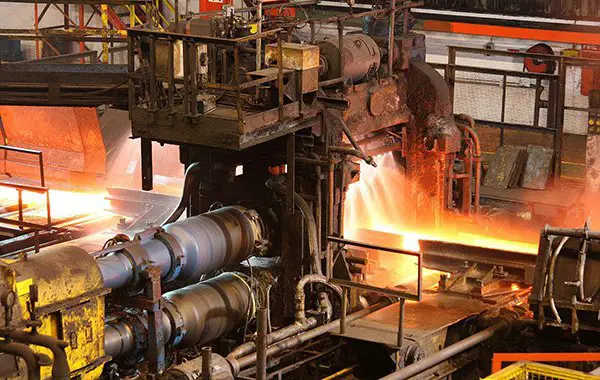
Hot Rolling:
Ingots and billets at room temperature are highly resistant to deformation and processing. Therefore, they are typically heated to temperatures between 1100-1250°C before rolling, a process known as hot rolling.
The finishing temperature for hot rolling usually ranges from 800-900°C. After rolling, the steel is generally air-cooled, which effectively simulates a normalizing heat treatment.
Hot rolling is the predominant method for processing most steel products.
Due to the elevated temperatures involved, hot-rolled steel develops a surface layer of oxide scale. This scale provides a degree of corrosion resistance, allowing for open-air storage. However, it also results in a rough surface finish and dimensional variability.
For applications requiring bright, clean surfaces, precise dimensions, and enhanced mechanical properties, the steel must undergo further processing. This can involve either producing semi-finished products through hot rolling or finished products through subsequent cold rolling.
Advantages of Hot Rolling:
Cold Rolling:
Cold rolling enables significant plastic deformation of the steel, thereby improving its yield strength and other mechanical properties.
Advantages of Cold Rolling:
Disadvantages of Cold-Rolled Steel:
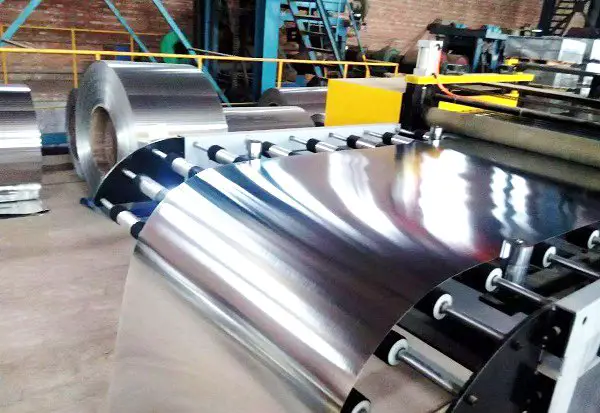
Cold rolling means that steel is pressed with the pressure of rollers to change its shape at room temperature.
Although the process can heat up the plate, it is still called cold rolling.
To be specific, cold rolling takes a hot rolled steel coil as raw material and does press fabricating after removing the oxidized skin by acid wash. Its finished product is hard to roll.
Generally, cold rolled steel, such as galvanized and color steel, must be annealed, so the plasticity and elongation rate are better, making it widely used in the automobile, home appliance, and hardware industries.
The surface of the cold rolled sheet has a certain degree of finish and feels smooth, which is achieved through acid washing.
Generally, the hot rolled plate surface smoothness cannot meet the requirements, so hot rolled steel strip needs to be cold rolled. The minimum thickness of hot-rolled steel is usually 1.0 mm, while cold rolling can reach 0.1 mm.
Hot rolling is the rolling process beyond the crystallization temperature, while cold rolling is the rolling process under the crystallization temperature.
The change of cold rolled steel shape is a continuous cold deformation, and the cold hardening of this process causes the strength, hardness, and toughness of the hard rolled coil to decrease.
For end-users, cold rolling deteriorates the stamping performance, and the product is suitable for simple deformed parts.
Advantages:
It can refine the grain of the steel, eliminate microstructure defects, and destroy the cast structure of the ingot. This results in a denser steel structure and improved mechanical properties.
This improvement is mainly reflected in the rolling direction, so the steel is no longer isotropic to some extent. Bubbles, cracks, and porosity formed during pouring can also be welded under high temperature and pressure.
Disadvantages:
The layering of steel in the direction of the thickness of the steel can be greatly affected, and a laminar tear may occur due to weld shrinkage. The local strain induced by weld shrinkage often reaches several times the yield point strain, which is much larger than the strain caused by the load.
Residual stress is the internal self-equilibrium stress that remains in a material without any external force applied. Hot-rolled profile steel of various sections have such residual stresses, and the larger the section size of the normal section steel, the greater the residual stress.
Although the residual stresses are self-balanced, they still have some influence on the performance of steel components under external forces. For example, deformation, stability, and fatigue can have adverse effects.
The difference between cold rolling and hot rolling is mainly the temperature of the rolling process.
“Cold rolling” is carried out at room temperature, while “hot rolling” is carried out at a high temperature.
From the point of view of the metal, the boundary between cold rolling and hot rolling should be distinguished by the recrystallization temperature.
Cold rolling occurs at temperatures lower than the recrystallization temperature, while hot rolling occurs at temperatures higher than the recrystallization temperature.
The recrystallization temperature of steel is 450~600℃.
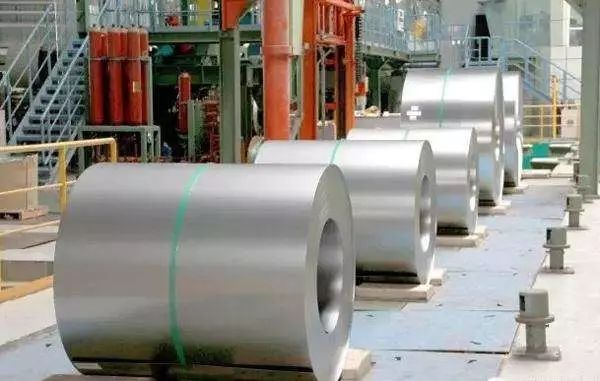
Appearance and surface quality
Cold-rolled steel exhibits superior surface quality compared to hot-rolled steel due to the additional processing steps involved. The cold rolling process, which typically occurs at room temperature, significantly reduces surface imperfections and provides a smoother finish with tighter dimensional tolerances. This results in a lower surface roughness and a more aesthetically pleasing appearance.
For applications requiring high-quality coatings or finishes, cold-rolled steel is generally preferred due to its superior surface characteristics, which promote better adhesion and a more uniform appearance of applied coatings.
Hot-rolled steel is available in two primary surface conditions: pickled and unpickled. Pickled hot-rolled steel undergoes an acid treatment process to remove the mill scale (iron oxide layer) formed during hot rolling, resulting in a clean, metallic surface. Unpickled hot-rolled steel retains the dark, oxidized surface layer, which can appear as a blue-gray or blackish coating.
The oxide layer on unpickled hot-rolled steel, while providing some initial corrosion resistance, can lead to accelerated rusting if not properly protected or stored in adverse environmental conditions.
Performance
While the mechanical properties of hot-rolled and cold-rolled steel are often considered comparable for general engineering applications, there are notable differences that can be significant in specific use cases.
Cold-rolled steel typically exhibits a slightly higher yield strength and increased surface hardness compared to its hot-rolled counterpart. This is due to the work hardening that occurs during the cold rolling process. The extent of these property enhancements depends on the degree of cold working and any subsequent heat treatment, such as annealing.
Even after annealing, cold-rolled steel generally maintains a higher strength than hot-rolled steel of the same grade. This is attributed to the finer grain structure and residual stresses induced by cold working.
For applications requiring precise mechanical properties, it’s crucial to consider these differences and select the appropriate material based on specific performance requirements.
Formability
The formability of steel is influenced by both its mechanical properties and surface characteristics. While the mechanical properties of cold-rolled and hot-rolled steel can be similar, the superior surface quality of cold-rolled steel often results in better formability for many applications.
The smoother surface of cold-rolled steel reduces friction during forming operations, leading to more consistent results and potentially allowing for more complex shapes to be achieved. This is particularly advantageous in operations such as deep drawing, bending, and stamping.
However, it’s important to note that the work hardening present in cold-rolled steel can sometimes limit its formability compared to annealed hot-rolled steel. In cases where extreme formability is required, stress-relieved or fully annealed cold-rolled steel may be necessary to achieve optimal results.
For applications involving less severe forming operations, the differences in formability between cold-rolled and hot-rolled steel may be less pronounced, and factors such as cost and availability might play a more significant role in material selection.

